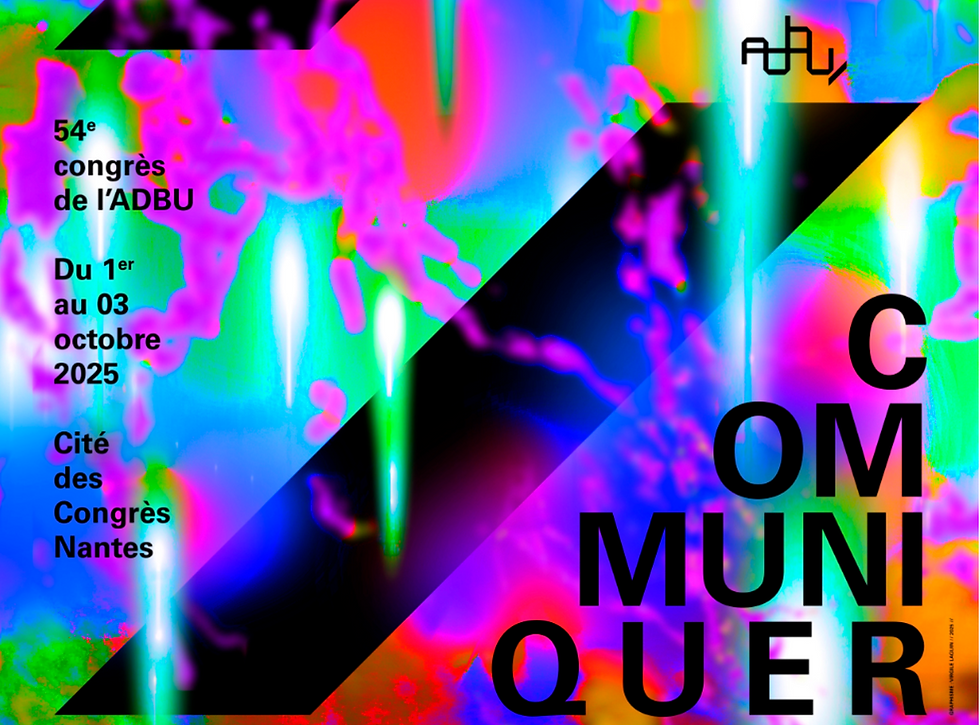How to manage waiting times in university cafeterias?
- Mélisande Vialard
- May 2, 2024
- 2 min read
Updated: Nov 28
Campus cafeterias and catering facilities play a key role in students' well-being and productivity. They are places where students can socialise and take a break from their often busy day. However, long waiting times and lack of space can become a major irritant, wasting precious time during what are often fairly short breaks.
In this article, we're going to look at how to objectify waiting times to communicate information effectively and reduce waiting times, as well as how to optimise available space, which is sometimes only used for a short period during the day.
All this data will ultimately help you to improve the whole student experience!
What impact does the perception of waiting time have on the student experience?
Waiting times in restaurants are often misunderstood: they tend to be greatly overestimated, which has a direct impact on the satisfaction of restaurant users.
Excessive waiting times can cause :
frustration: students often have tight schedules. Long queues can cause irritation and discontent. University restaurants are often a healthy and inexpensive alternative for students, so giving them up because of overcrowding is a real problem.
A loss of productivity: The more time people spend waiting, the less productive they are. Time spent waiting in the cafeteria is not put to better use.
a drop in attendance: ultimately, if the experience becomes really degrading, students are forced to look for alternatives outside their school and cause disengagement. This is particularly important for public schools, which are operating in an increasingly competitive environment.
What are the strategies for reducing waiting times in restaurants?
Digitalising the catering chain
Upstream, web or mobile applications enable users to place orders in advance, and during the lunch break, automatic terminals can enable customers to place orders quickly by paying for them directly, thereby reducing the workload at checkouts, which is often a bottleneck for the flow of people.
Communicate in real time and in forecast on the affluence
Real-time and forecast waiting times can be displayed on on-site screens or on the intranet, so that customers can plan their lunch breaks when they arrive at the busiest times.
Improving people flow management
To reduce bottlenecks, we can, for example, have separate queues for quick orders (drinks, coffees, etc...) and on-site meals, or provide more staff at peak times to speed up service.
Designing space efficiently
For people to move around efficiently, clear signage with distinct zones is needed to reduce confusion and speed up flows.
In short, managing waiting time in university restaurants is essential to ensure a positive experience. To find out more, take a look at EDHEC's feedback on crowd management!




